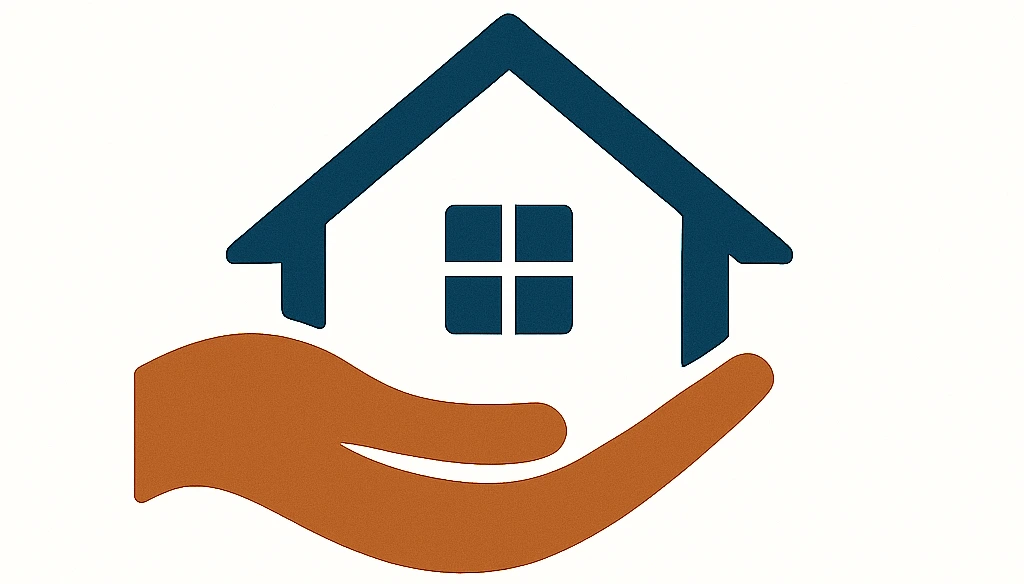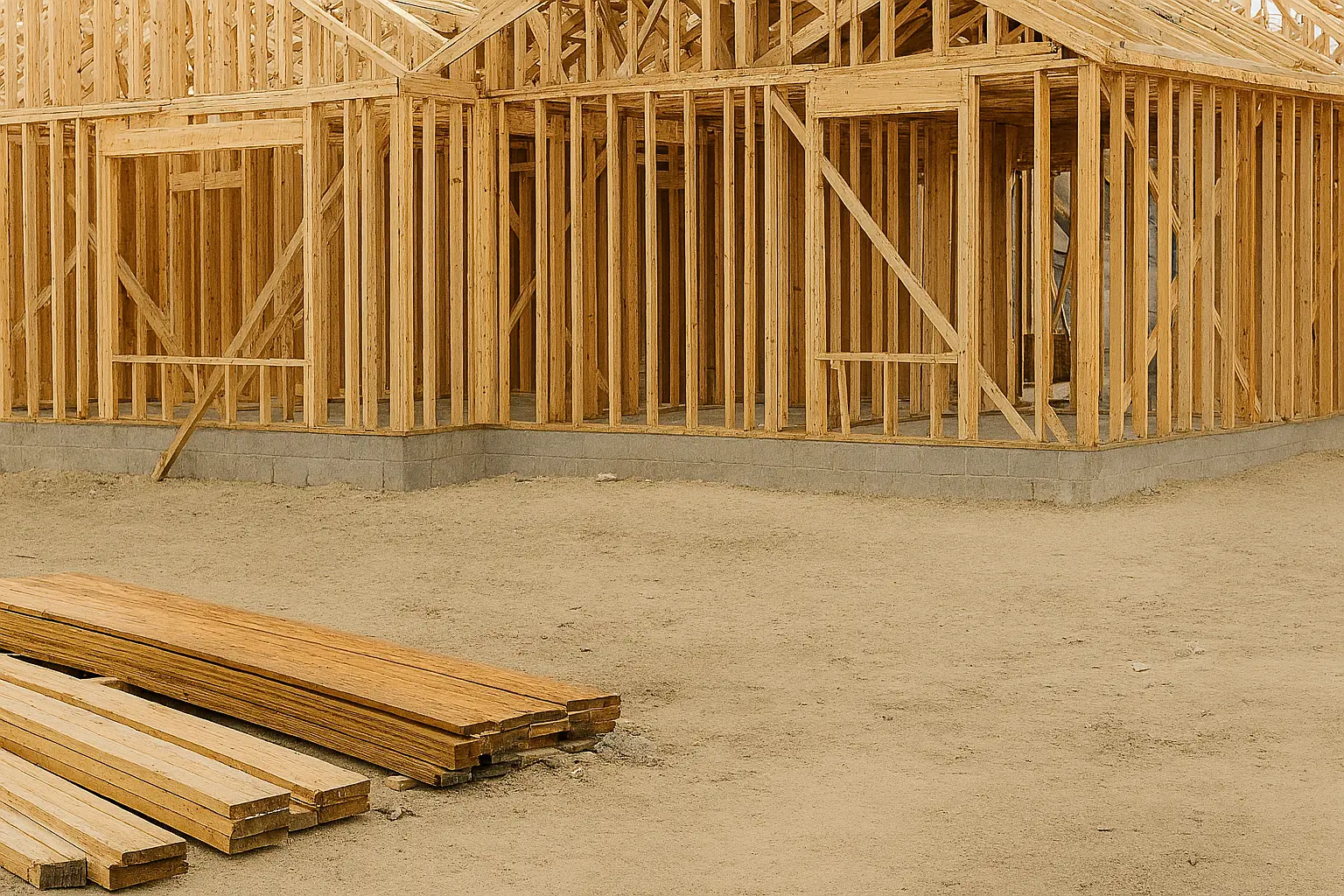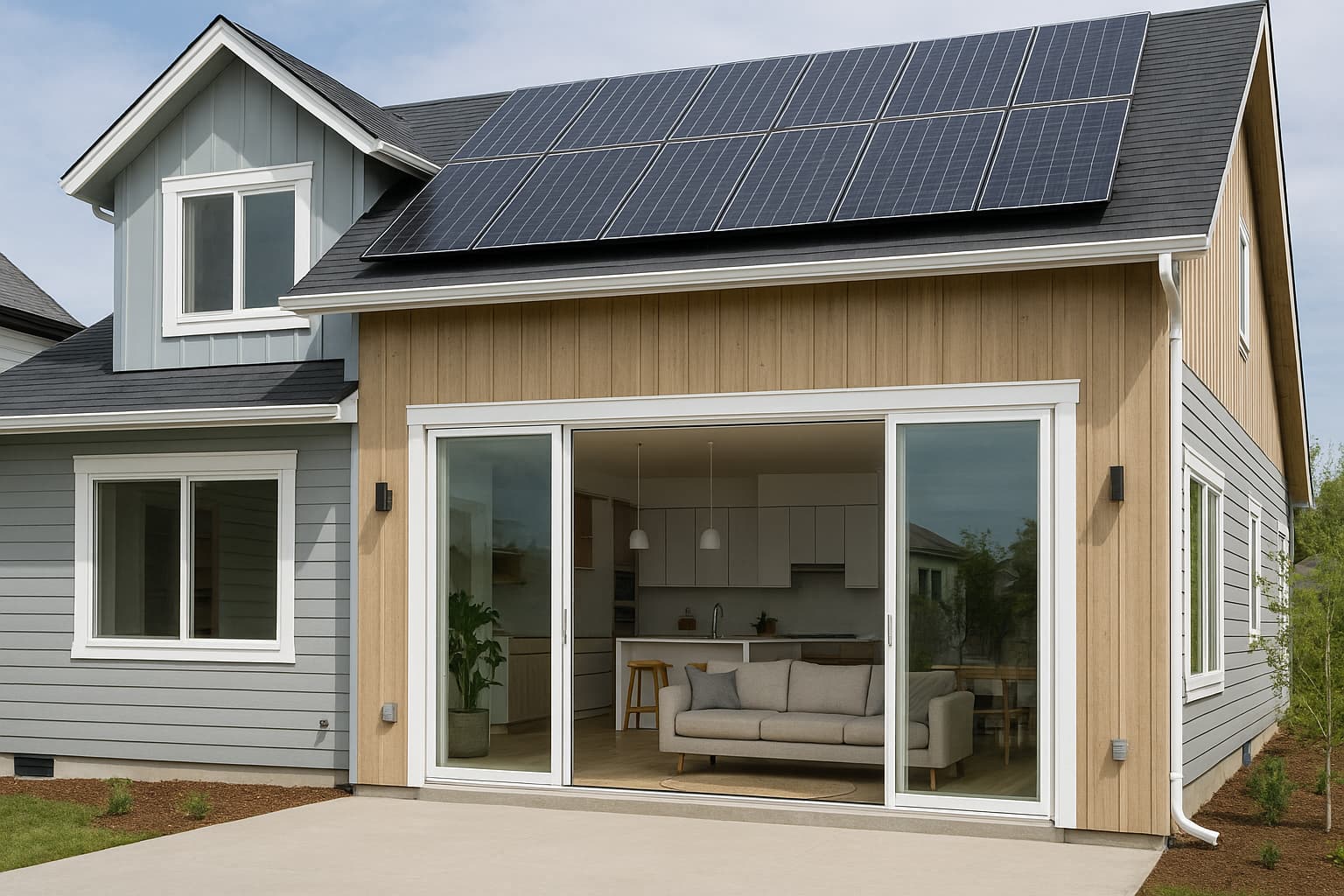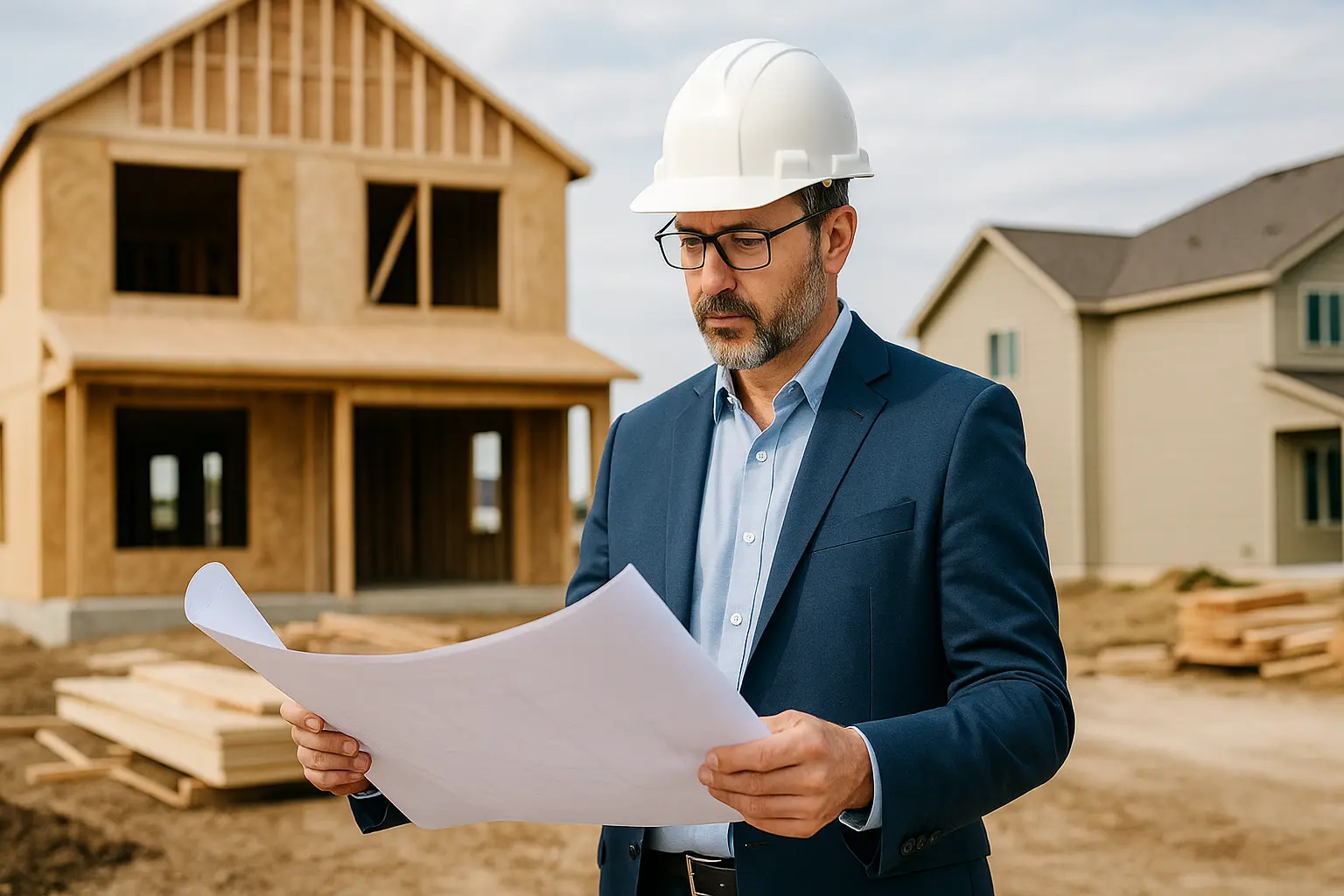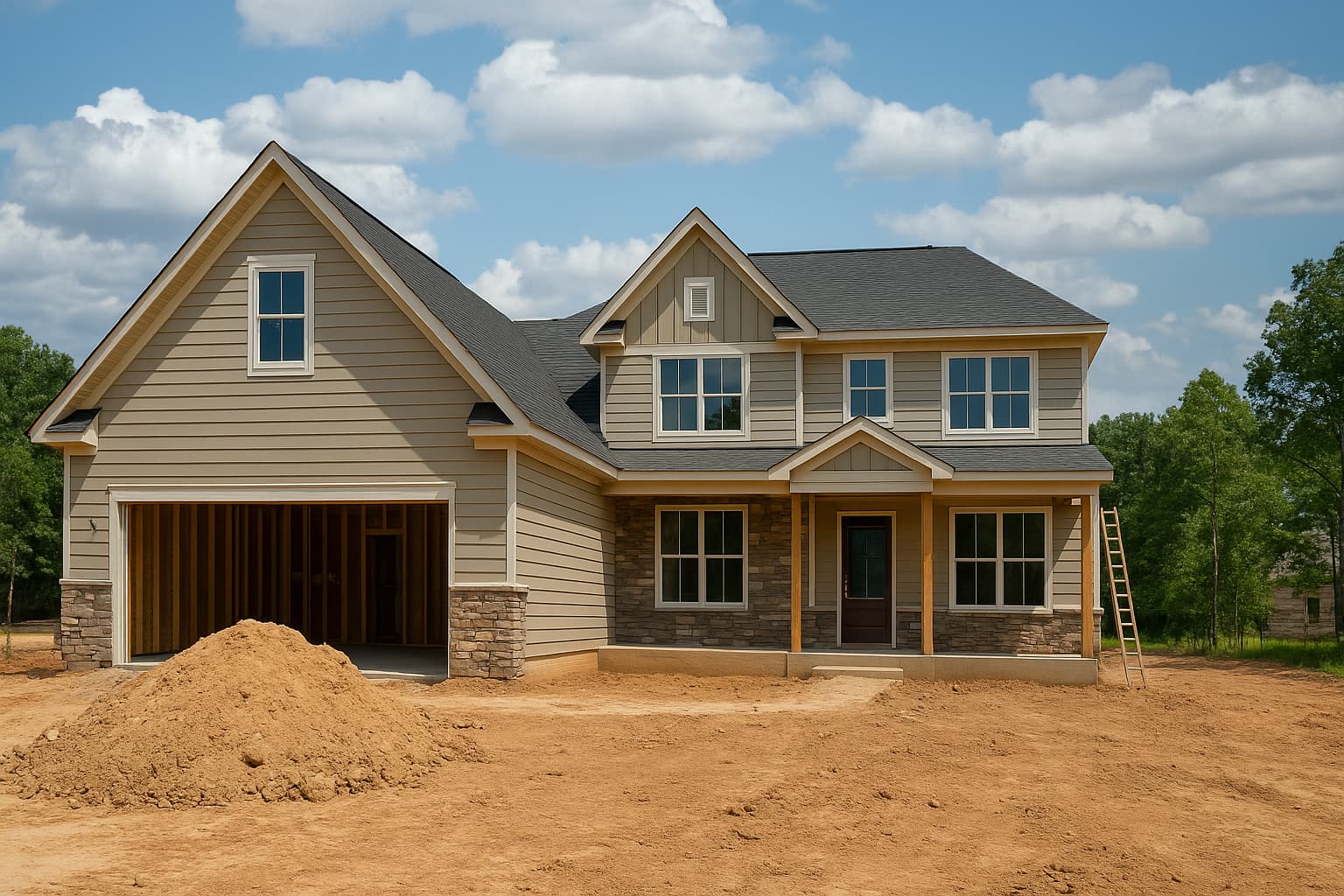By James, Home Building Expert
Building sustainable, energy-efficient homes is becoming increasingly important as homeowners seek to minimize their environmental impact, reduce energy costs, and create healthier living spaces. In my years of experience guiding homeowners through sustainable building projects, I’ve observed that careful planning is essential to achieving the best results. Here is a comprehensive guide on how to plan for a sustainable, energy-efficient home:
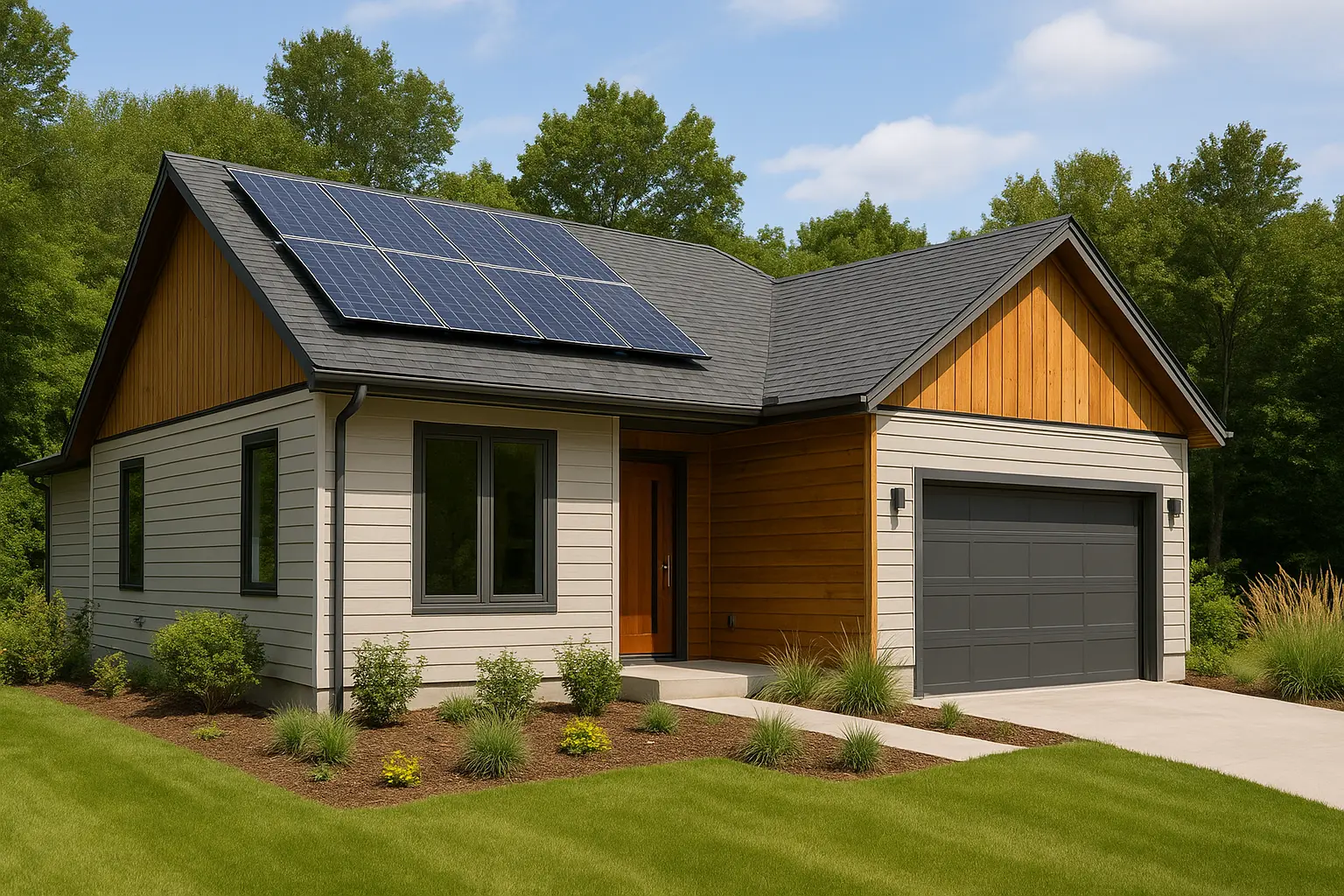
Set Clear Sustainability Goals
Clearly define your sustainability and energy efficiency goals early in the planning stage. This involves decisions about materials, energy sources, water usage, and waste management. Having specific targets helps guide the design and building phases effectively.
Choose the Right Building Materials
Selecting eco-friendly and sustainable building materials is fundamental to energy efficiency. Opt for materials like sustainably sourced timber, recycled steel, bamboo, or recycled composite materials. These options often have lower embodied energy and are more durable and renewable.
Design for Energy Efficiency
Your home’s design significantly impacts its energy consumption. Consider passive solar design principles, including optimal building orientation, window placement, and natural ventilation. Efficient insulation, high-performance windows, and airtight construction can drastically reduce heating and cooling needs.
Incorporate Renewable Energy
Integrating renewable energy solutions such as solar panels or solar hot water systems can greatly reduce your home’s reliance on grid energy. Incorporating battery storage can further enhance your home’s sustainability and energy resilience.
Invest in Energy-Efficient Appliances and Fixtures
Choosing energy-efficient appliances and fixtures is crucial. Look for products with high energy star ratings, water-efficient plumbing fixtures, and LED lighting. This reduces energy consumption significantly without compromising functionality or comfort.
Prioritize Water Efficiency
Water-saving measures such as rainwater harvesting, greywater recycling systems, and water-efficient landscaping can dramatically reduce your household water consumption. Incorporating these systems during the initial planning phase can enhance sustainability and result in long-term savings.
Plan for Effective Waste Management
During construction, substantial waste is generated. Plan to minimize construction waste by opting for prefabricated components, precise material ordering, and recycling or reusing building materials wherever possible.
Consider Indoor Air Quality and Health
Sustainable homes prioritize occupant health. Opt for low-VOC paints, natural fiber carpets, and ensure your home design maximizes natural ventilation and sunlight. These measures enhance indoor air quality, creating healthier and more pleasant living spaces.
Maintenance and Ongoing Improvements
Sustainability doesn’t stop at the construction stage; maintaining and continuously improving your home’s efficiency is critical. Regular checks and updates, including periodic insulation inspections, renewable energy system maintenance, and eco-friendly upgrades, are essential.
Additional Home Improvements
When considering other home improvements, such as a bathroom renovation, opt for sustainable and water-efficient fixtures and materials. These updates not only enhance your home’s aesthetic and functionality but also contribute positively to your overall sustainability goals.
Final Thoughts
Planning for sustainability and energy efficiency requires thoughtful consideration and informed decision-making. By following these guidelines, you can ensure your home is environmentally friendly, energy-efficient, and healthy for you and your family.
As always, if you have any questions or would like personalized guidance for your sustainable home build or renovation project, feel free to reach out. I’m here to help you create a home that meets your sustainability ambitions and lifestyle needs.
